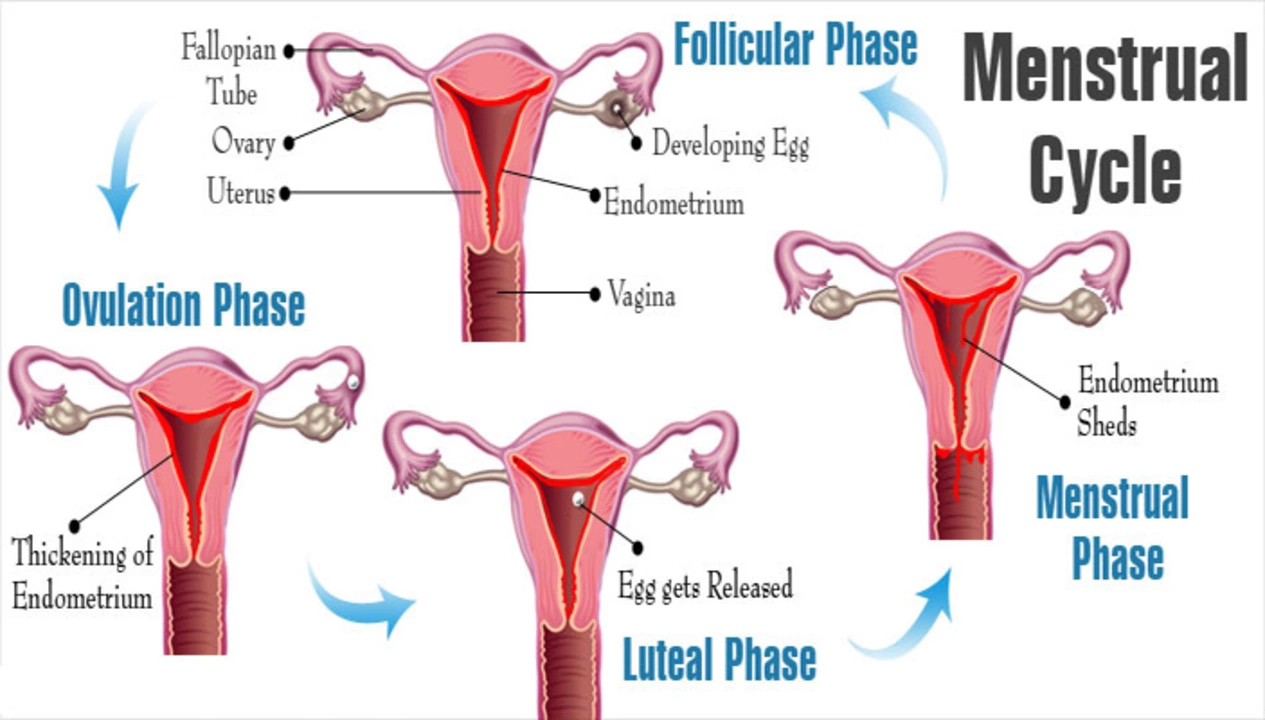Levothyroxine: What it does and how to use it safely
Levothyroxine is the standard medicine for hypothyroidism. It replaces the hormone your thyroid no longer makes. Most people take it for life, but the dose can change over time. Knowing how to take it and what can interfere helps you get the right dose.
How to take levothyroxine: Take it first thing in the morning, 30 to 60 minutes before breakfast. Swallow it with a full glass of water. If mornings are hard, take it at bedtime but keep it at least three hours after your last meal. Be consistent—same time every day gives steadier hormone levels.
If you miss a dose, take it as soon as you remember on the same day. Don’t double up the next day. If you forget often, set an alarm or use a pill box.
Foods and meds that interfere: Calcium, iron, antacids with aluminum or magnesium, and some supplements bind levothyroxine and cut its absorption. Wait four hours after levothyroxine before taking those. Soy products, high-fiber meals, and certain juices can reduce absorption; avoid taking them at the same time. Some medications — like raloxifene, cholestyramine, and certain seizure drugs — also lower levothyroxine levels. Tell your doctor about everything you take.
Brands and generics: Levothyroxine comes as generic tablets and brand names like Synthroid, Levoxyl, and Eltroxin. Some people notice small differences when switching brands. If your lab numbers change after a switch, ask your provider about staying on one manufacturer.
Monitoring and dose changes: Your doctor checks TSH and sometimes free T4 to set the dose. After starting or changing dose, expect a blood test in 6 to 8 weeks. Pregnant people need more hormone, so TSH is checked more often. Older adults or people with heart disease usually start on a lower dose to avoid stressing the heart.
Signs your dose is off: Over-replacement can cause palpitations, weight loss, anxiety, and trouble sleeping. Under-replacement leads to fatigue, weight gain, cold sensitivity, and constipation. Report these symptoms so your provider can adjust the dose.
Safety notes: Levothyroxine is not a weight loss drug. Using it without low thyroid function is unsafe. Store tablets in a cool, dry place away from light. Keep to the prescribed dose — even small changes matter. If you take blood thinners like warfarin, levothyroxine can increase their effect — your INR may need closer monitoring.
Pregnancy and special situations: If you plan pregnancy or find out you’re pregnant, tell your provider right away. Pregnant people commonly need a higher dose and closer follow-up. Children require carefully adjusted doses based on weight and age.
Final practical tips: Keep a list of your medications, stay consistent with timing, get routine TSH checks, and talk to your pharmacist about interactions. If you have questions or feel different after a dose change, call your provider.
If your pharmacy switches suppliers or you travel abroad, keep extra doses and a copy of your prescription. Carry a note about your thyroid condition for security checks. Steps prevent missed doses and lab surprises.
- Colin Hurd
- May, 13 2023
- 16 Comments
The Impact of Levothyroxine on Menstrual Cycle: What Women Should Know
As a woman, I recently came across the connection between Levothyroxine and its impact on our menstrual cycle. Levothyroxine is a medication commonly prescribed for thyroid issues, which can significantly affect our periods. In some cases, it can lead to heavier or more irregular cycles, while in others, it might help regulate them by addressing the underlying thyroid issue. It's important for us to understand how our bodies react to this medication and to communicate with our healthcare providers about any changes we experience. By doing so, we can better manage our thyroid health and its effects on our menstrual cycle.

